The color palette of your home is important for a variety of reasons. It can affect the way you feel, make a room feel larger or smaller, or create a cohesive look throughout your home. One of the first steps of decorating your place is finding the perfect color scheme. You can learn more about how to find your perfect color scheme in our blog post, "How to Choose the Perfect Color Scheme" here, but today we're going to be discussing just one of the types of colors you can use. If you want to create a cozy and elegant ambiance with colors that are easy to style and versatile, you should be looking for muted colors. Even so, you might be wondering what muted colors are, and how can you incorporate them into your home?
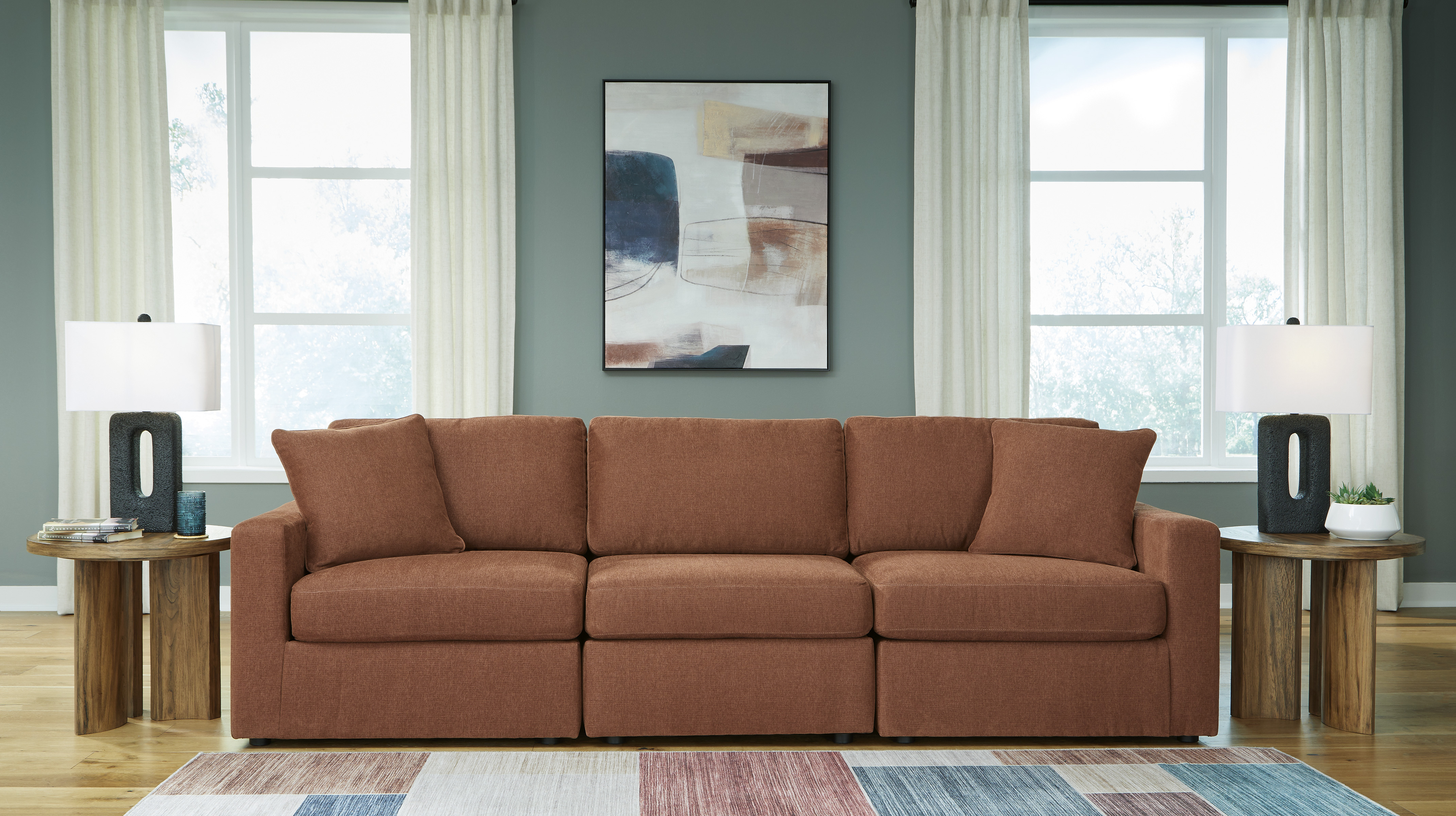 (Pictured: Modmax Sofa)
(Pictured: Modmax Sofa)
What is a Muted Color?
A muted color is a color that has been desaturated with a shade of gray or a complimentary color to create a softer and less intense look. Colors like creamy whites, dusty blues, sage greens or even shades of terracotta are all examples of muted colors. These types of colors can be used while decorating to create a more serene vibe. Their washed-out appearances make them more natural looking and subtle, letting you use them in a variety of ways. Different styles such as modern farmhouse, traditional or even contemporary, use muted colors in their neutral color palettes as a way of adding a pop of color. Now, you get to learn how to do the same in your home!
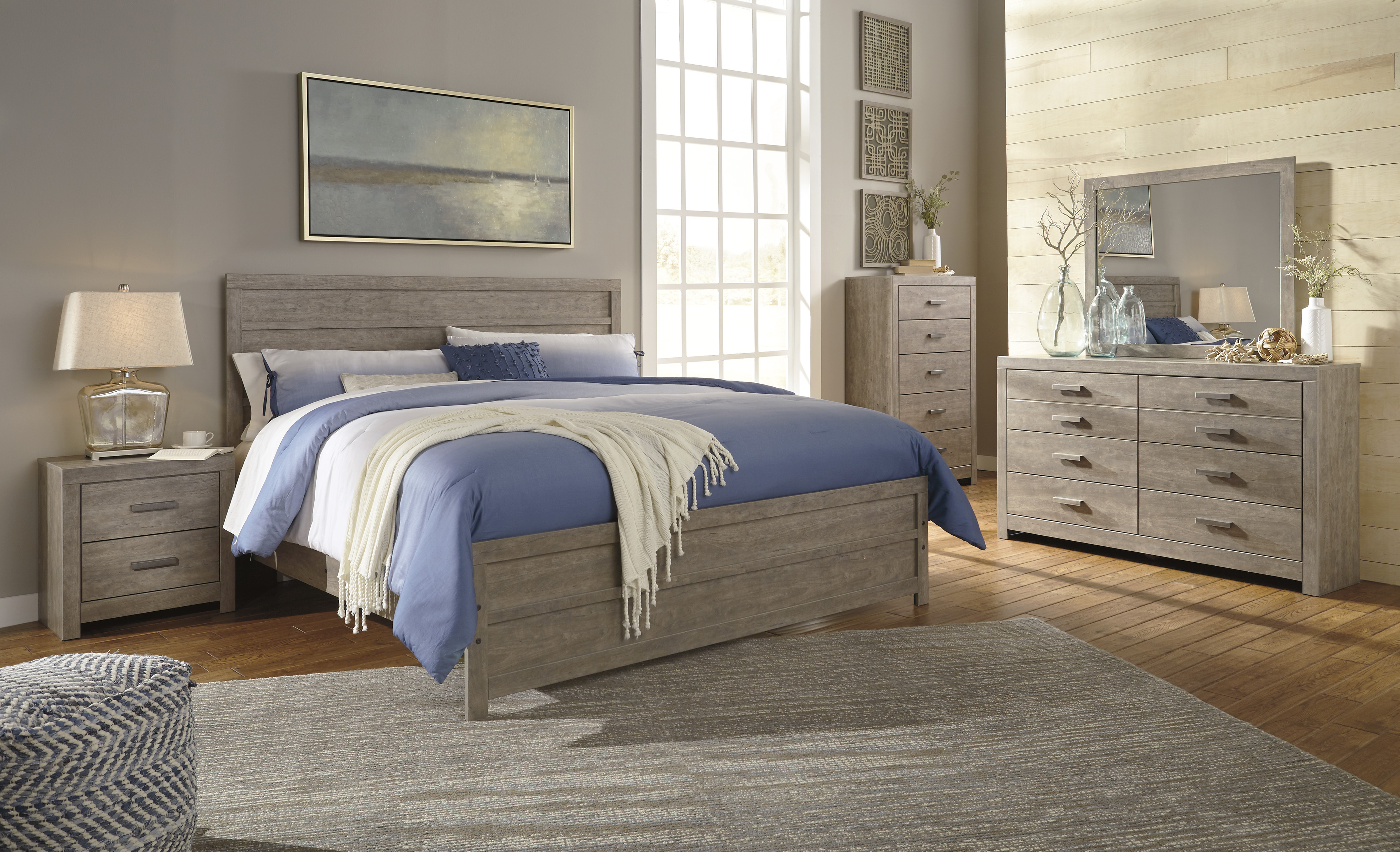 (Pictured: Culverbach King Bedroom Group)
(Pictured: Culverbach King Bedroom Group)
How Can You Use Muted Colors?
1. Use Area Rugs
Area rugs have always been a useful tool in tying together a room. However, they are also good for adding a pop of color. Once you find a rug that features a muted color palette that meshes with your style, you’ll be able to incorporate muted colors that will add a sense of serenity to your home.
2. Accent Pillows
Another great way of adding muted colors to your home is by adding accent pillows to your sofa, loveseat, or armchair. They will enhance style and add more visual interest while also not being too much or too overwhelming.
3. Bedding Sets
To add muted colors to your bedroom, you should look into getting a new bedding set. Once you change your bedding set, it will become the focal point of your room and improve the overall feeling of calm. This is perfect for those who want their bedroom to be an elegant sanctuary for them.
4. Statement Pieces
If you're looking to find a way to bring way more muted colors into your home, you should look for large statement pieces. Instead of going for a neutral tone for your big furniture such as a sofa and loveseat, find one that has an olive green or dusty blue upholstery. It will bring more life to your home without being overly bold thanks to the desaturated look.
5. Accent Furniture
Ottomans, accent chairs and accent tables are all known ways of adding functional style, but did you know they can also be used to add color? Find one that has a muted color palette, and it will compliment your main furniture while also drawing your guests' attention.
 (Pictured: Adlanlock Chair)
(Pictured: Adlanlock Chair)
When you're looking to bring a sense of elegance and serenity to your home, muted colors are the way to go. The muted color family is both incredibly versatile and stylish with its ability to blend in perfectly with almost anything. Not to mention, you can add muted colors in a variety of ways. From area rugs to accent furniture, you just need to be creative! Once you're ready to start adding muted colors to your home, you can look at our selection of accents or statement pieces online here. We also have a superstore with a large storeroom that will allow you to see everything yourself at 4200 W Kellogg Dr.





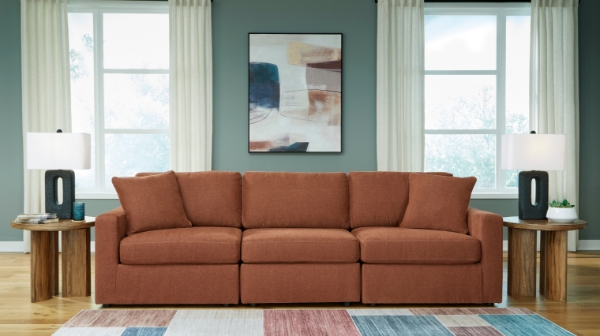

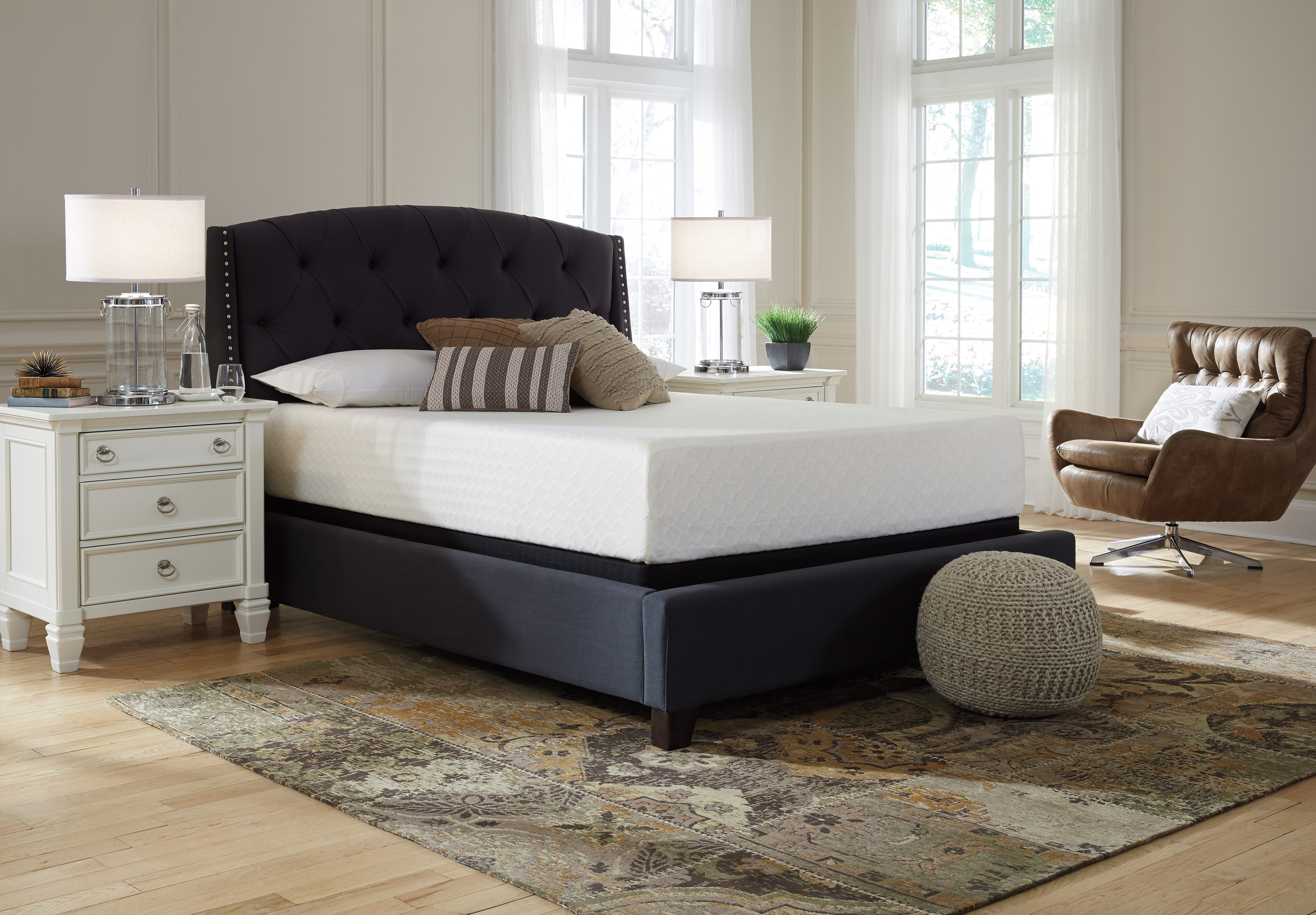 (Pictured:
(Pictured:  (Pictured:
(Pictured: 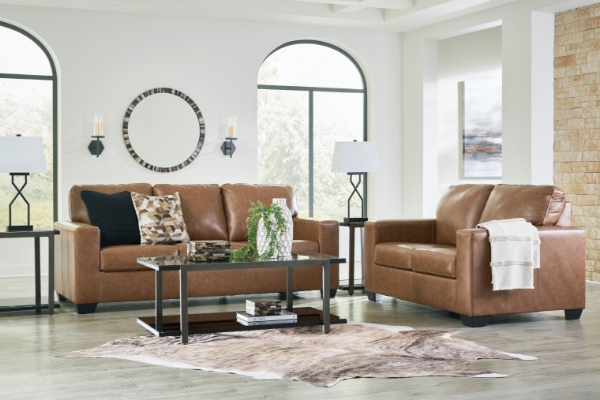
 (Pictured:
(Pictured: 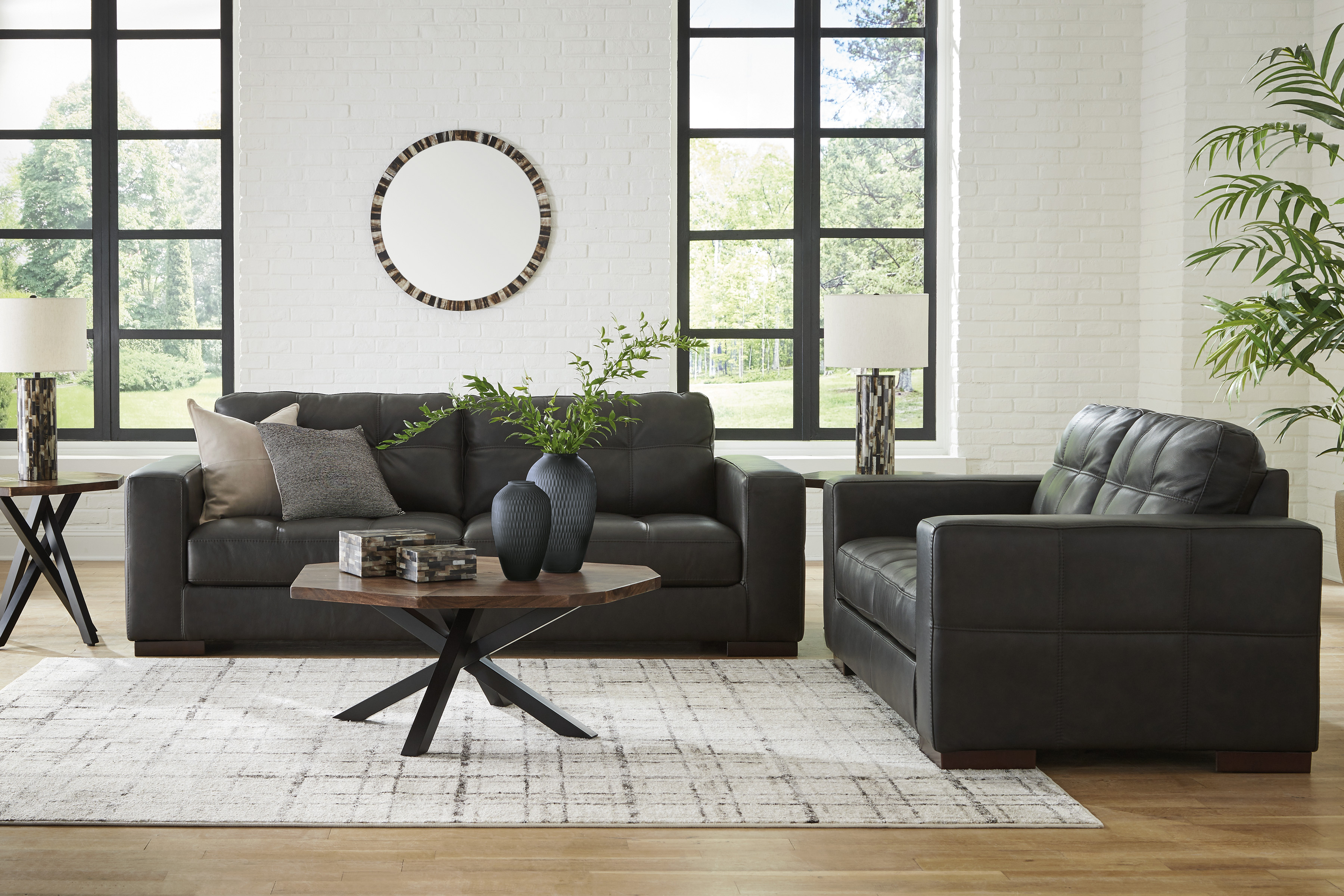 (Pictured:
(Pictured: 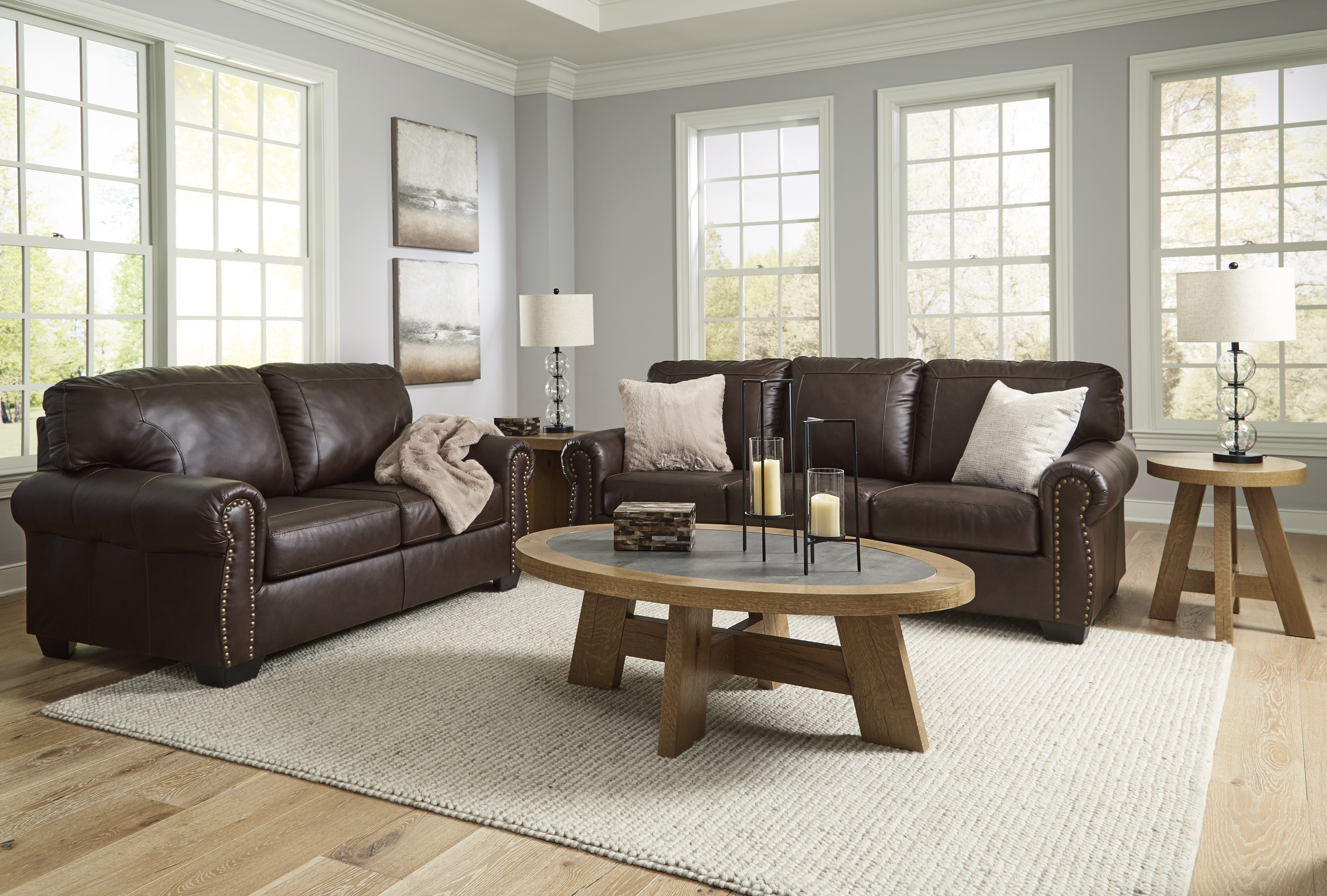 (Pictured:
(Pictured: 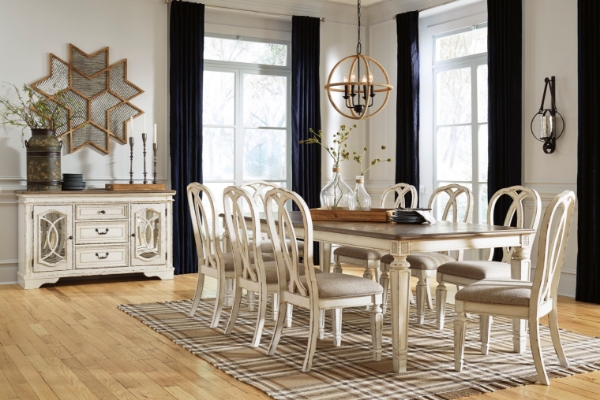

.jpg)
.jpg)

-60.jpg)


 (Pictured:
(Pictured: 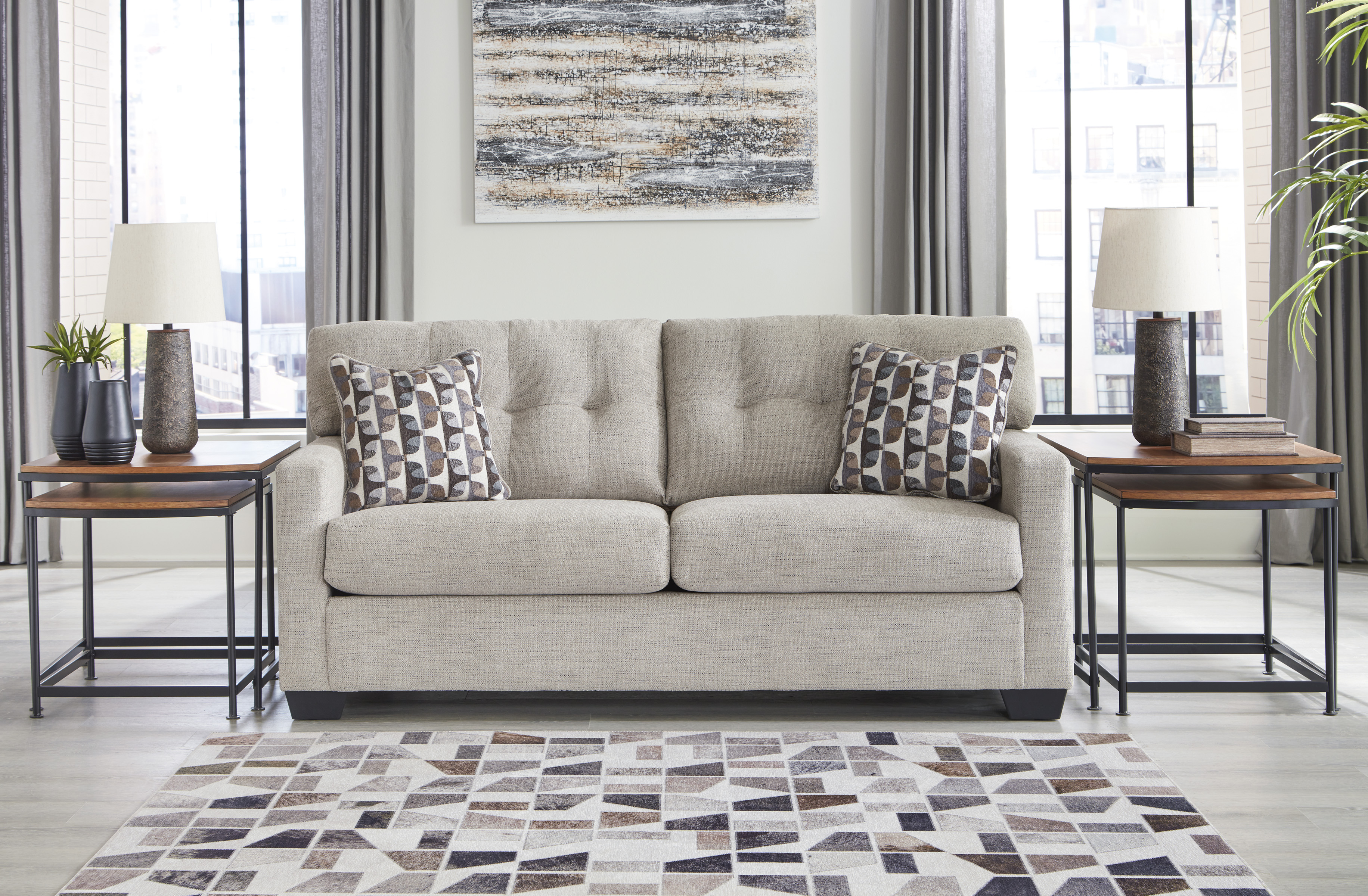 (Pictured
(Pictured (Pictured:
(Pictured: 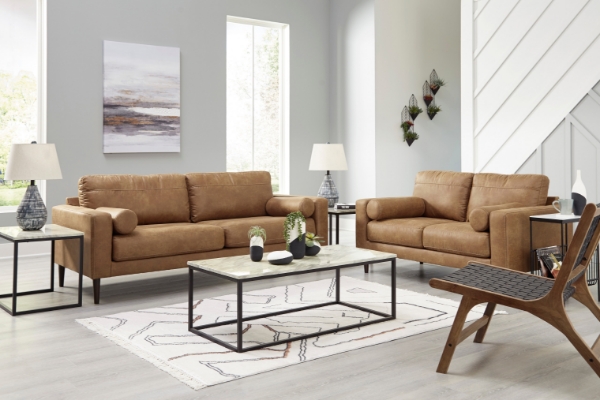
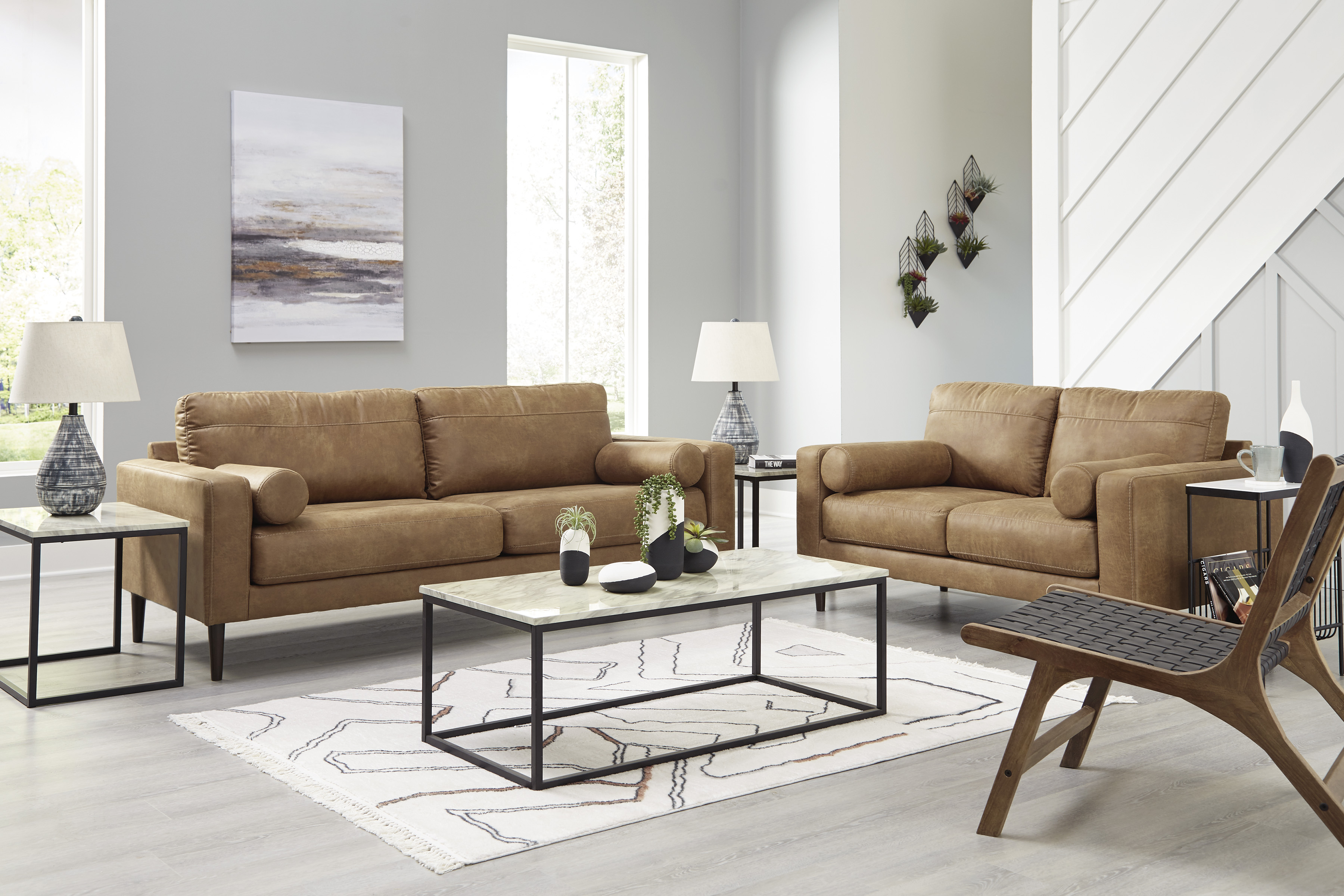 (Pictured:
(Pictured: 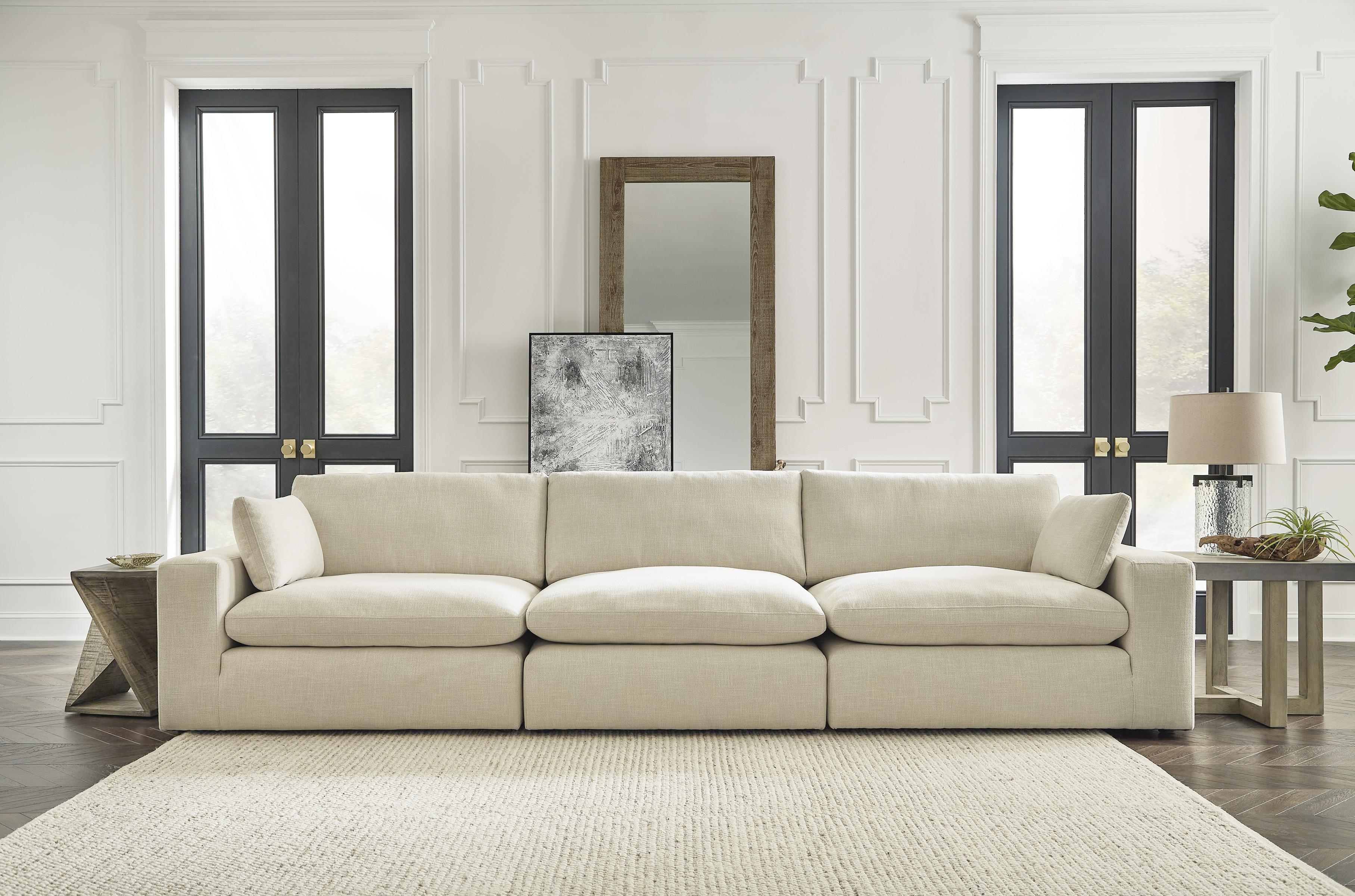 (Pictured:
(Pictured: 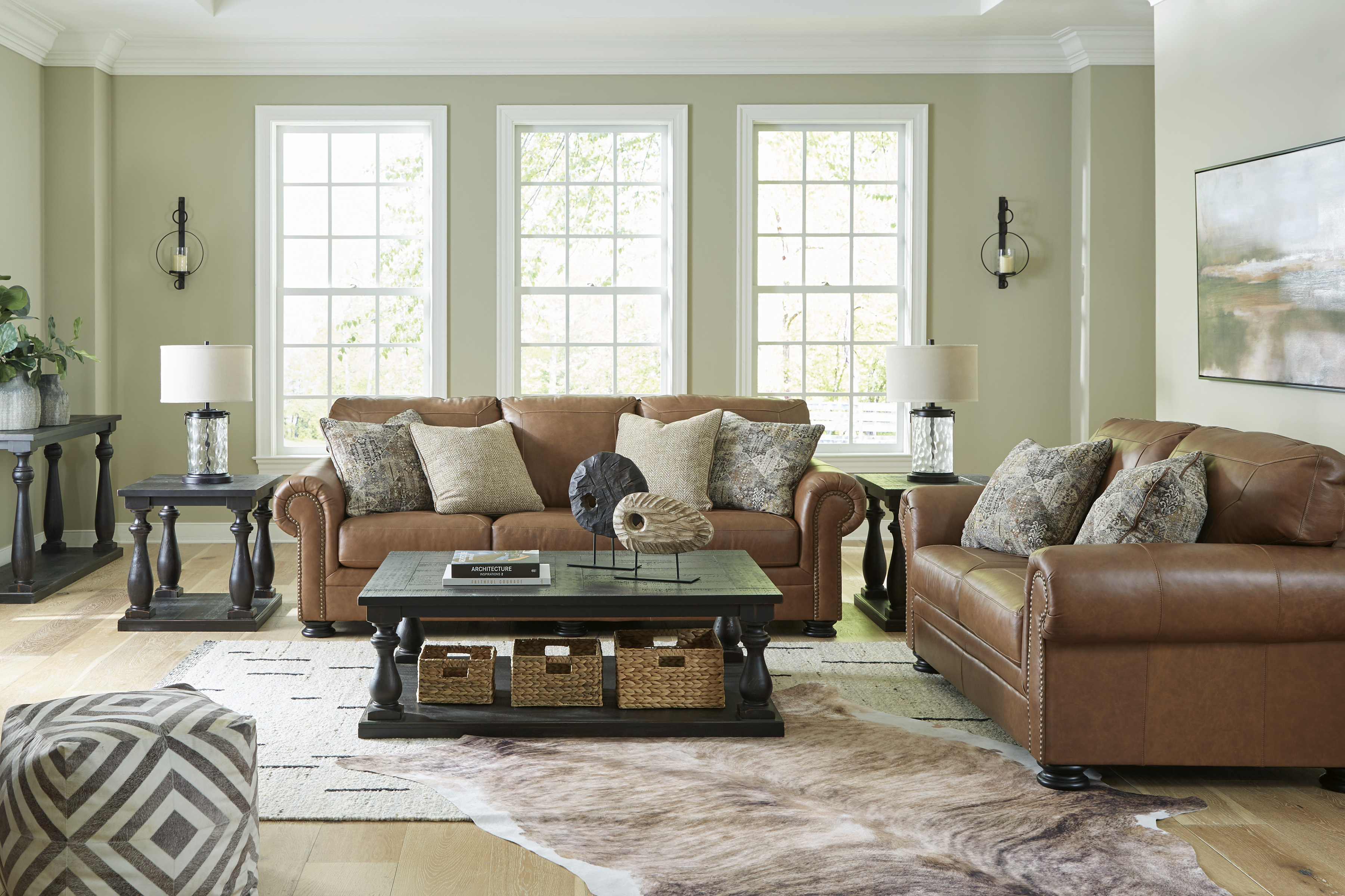 (Pictured:
(Pictured: 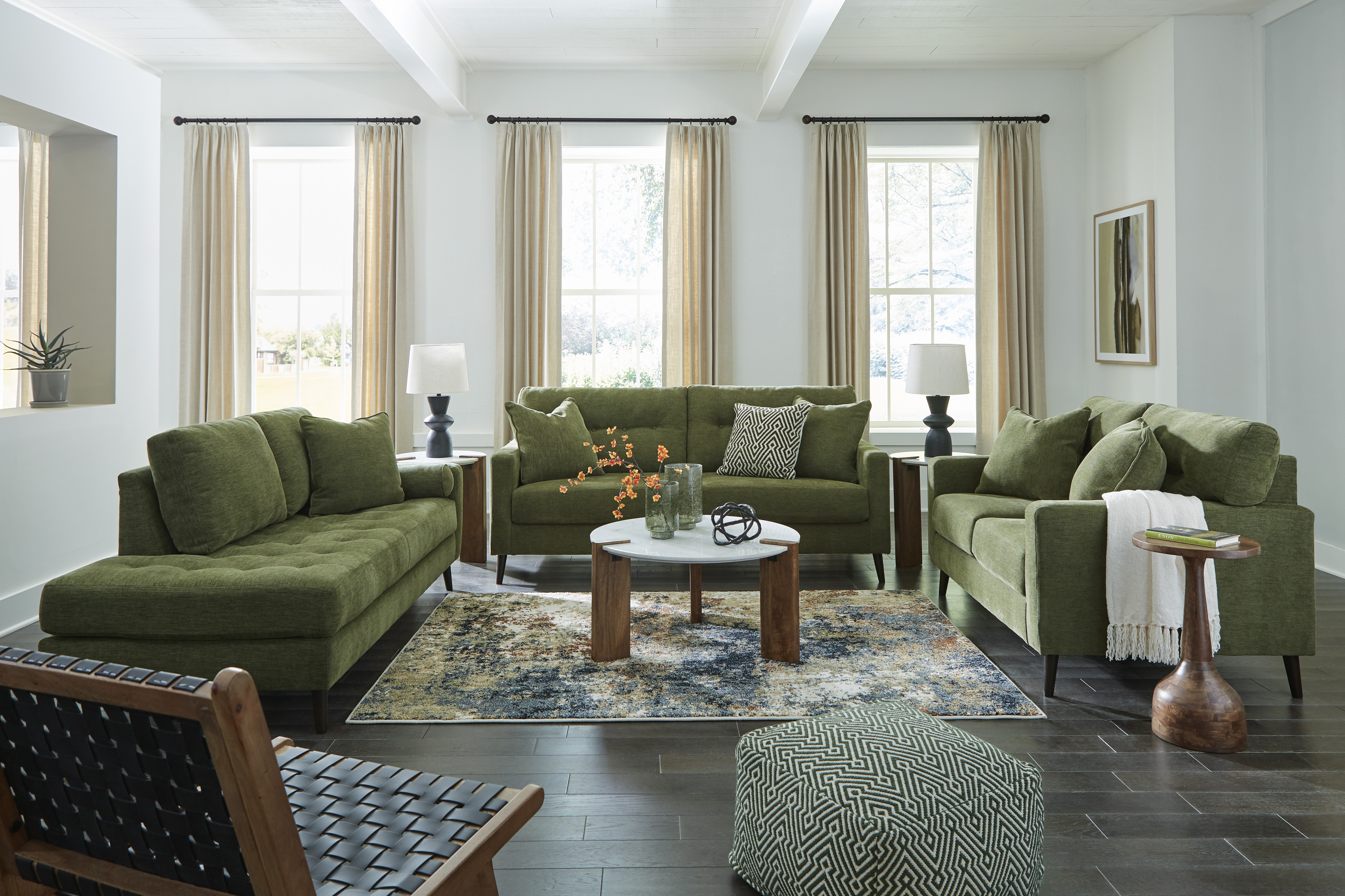 (Pictured:
(Pictured: 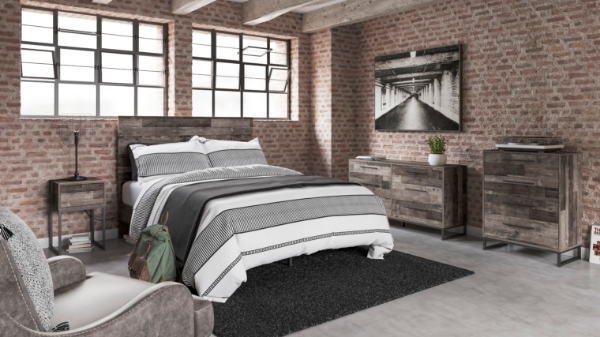
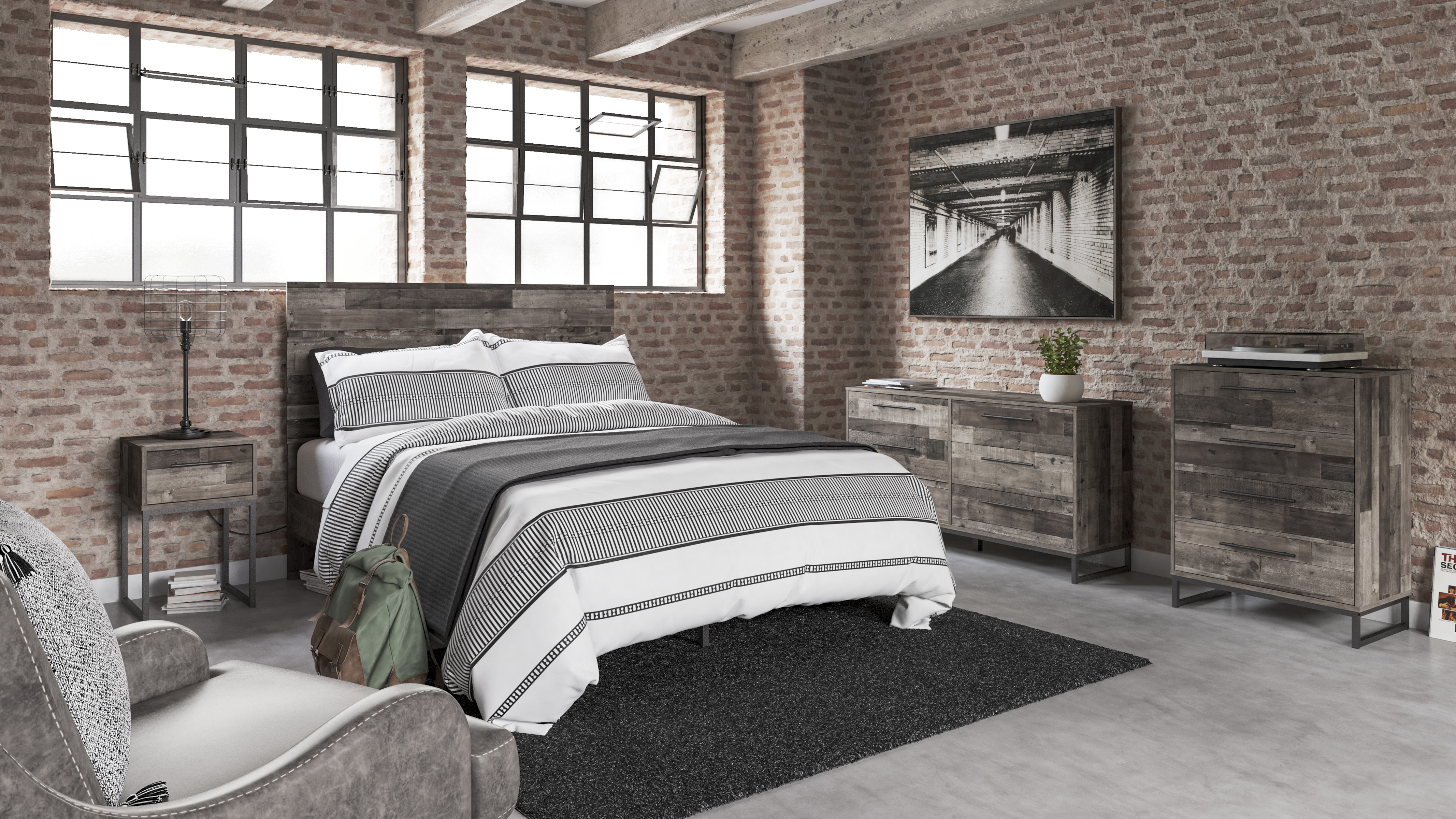 (Pictured:
(Pictured: 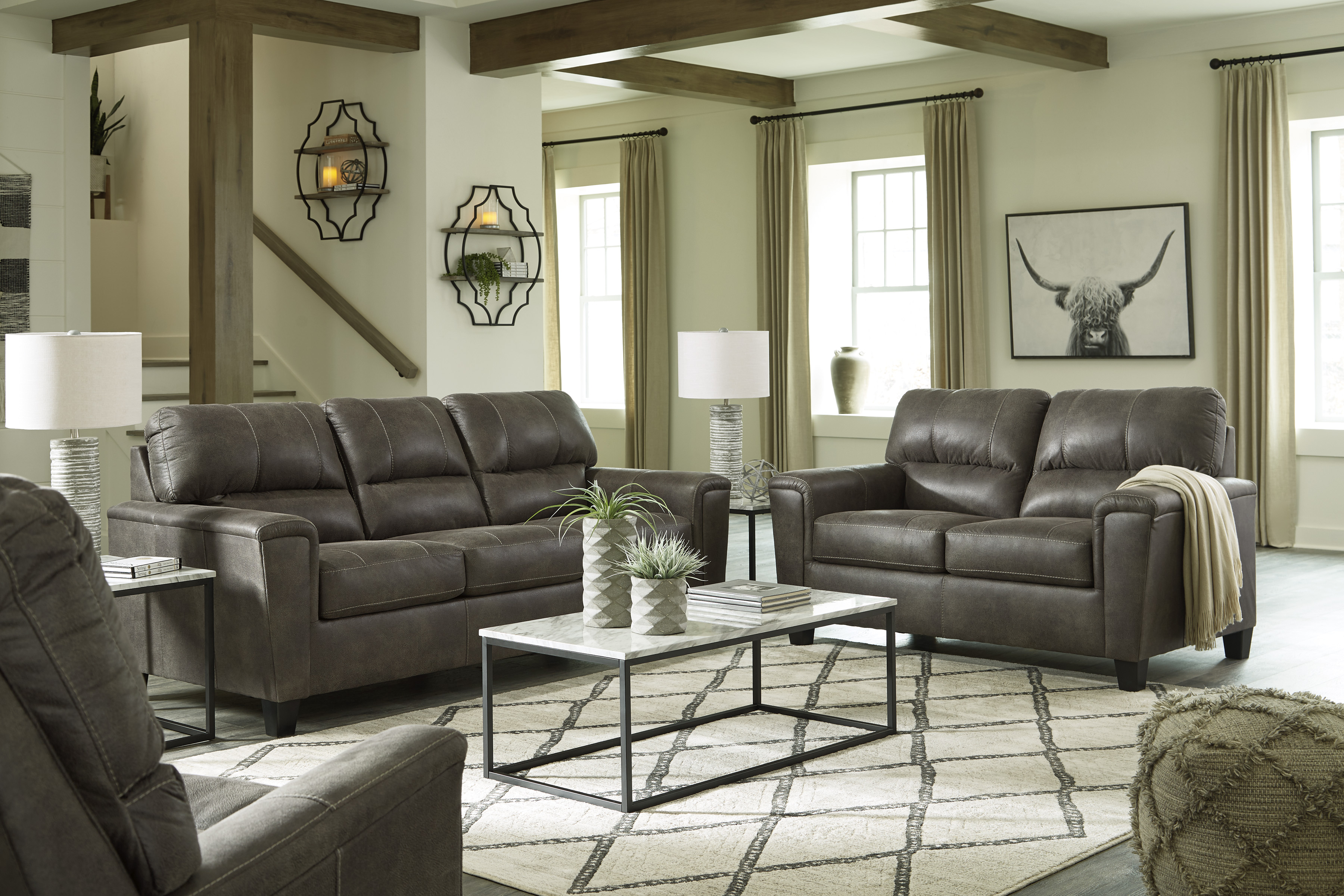 (Pictured:
(Pictured: 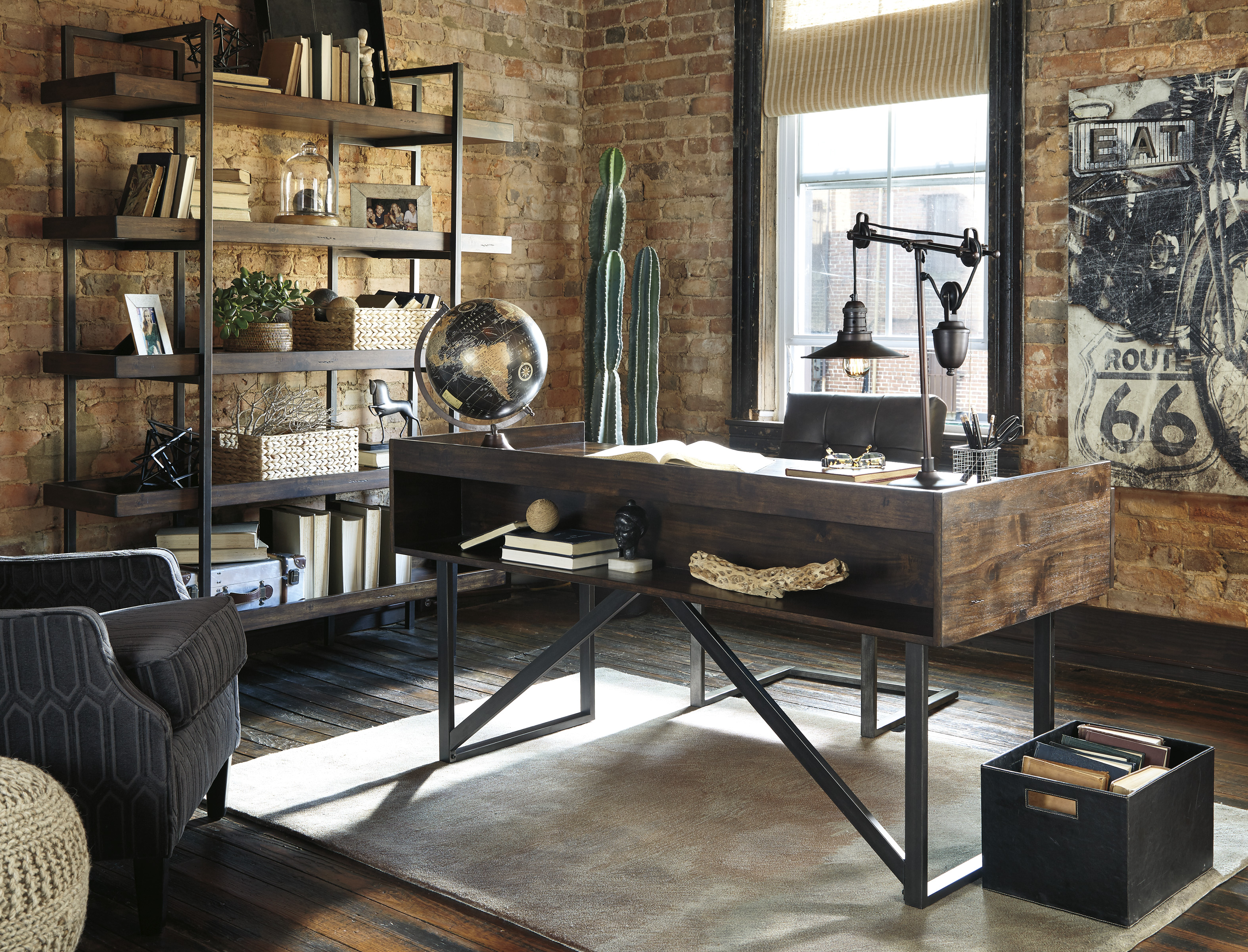 (Pictured:
(Pictured:  (Pictured: T
(Pictured: T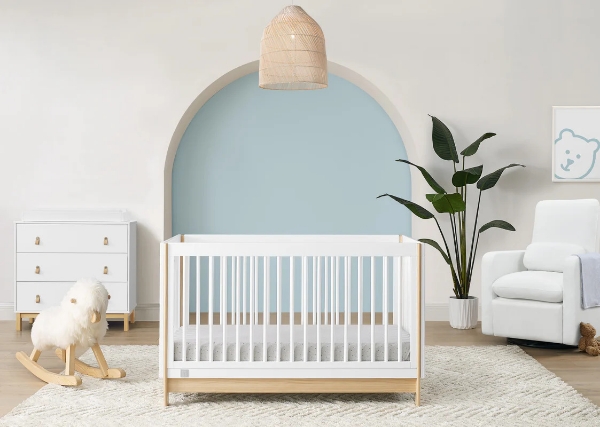
 (Pictured:
(Pictured: 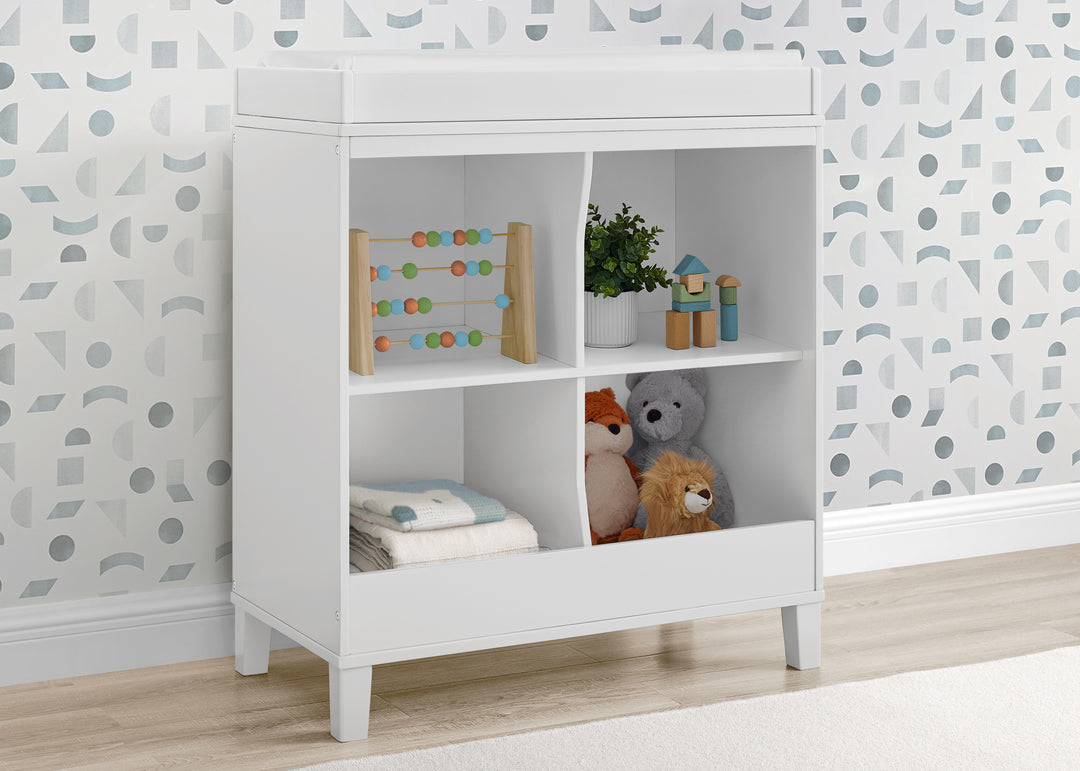 (Pictured:
(Pictured: 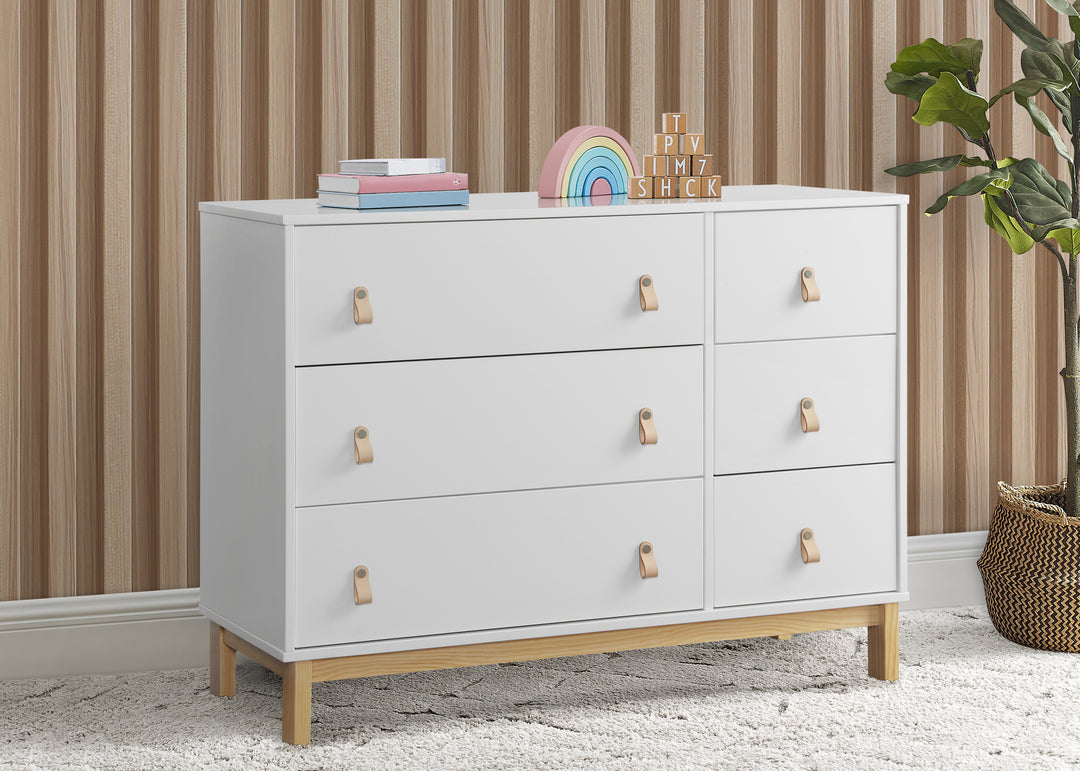 (Pictured:
(Pictured: 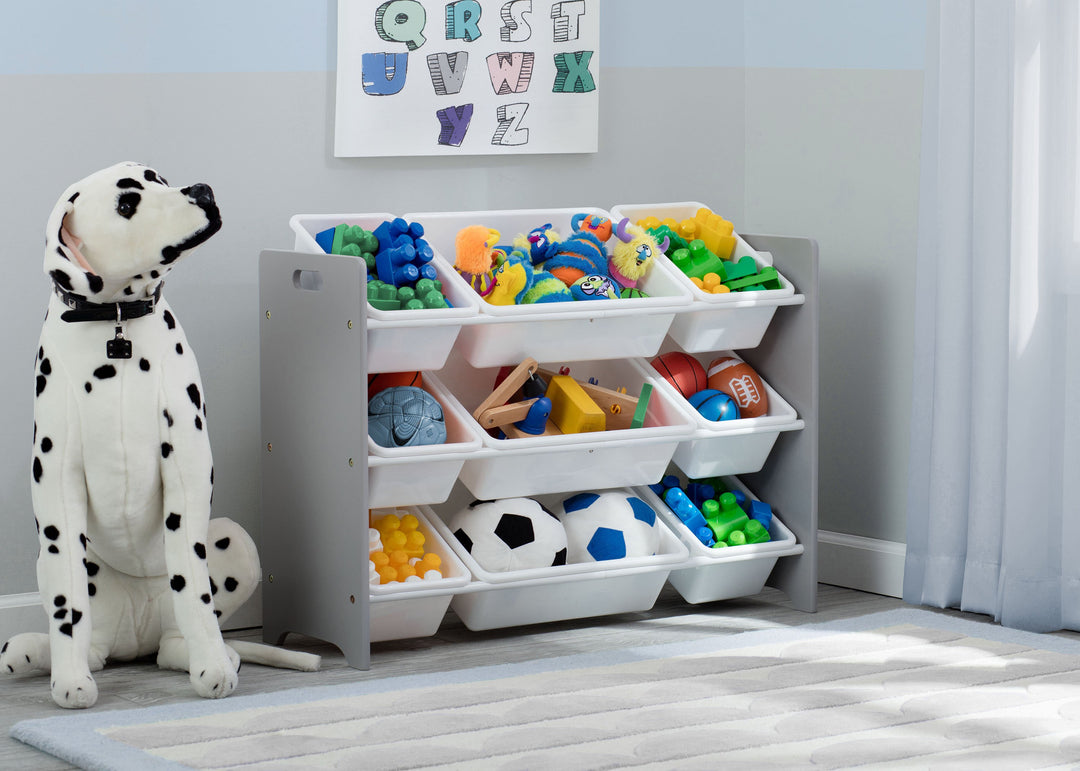 (Pictured:
(Pictured: 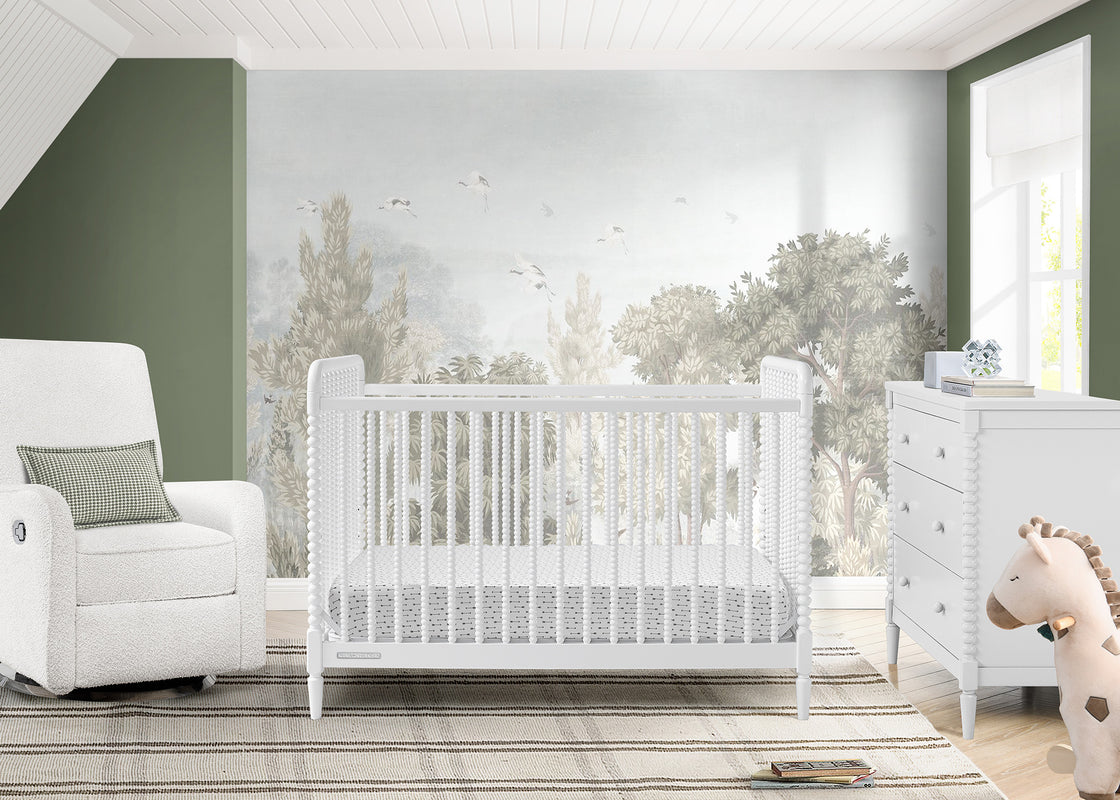 (Pictured:
(Pictured: 
 (Pictured:
(Pictured:  (Pictured:
(Pictured:  (Pictured:
(Pictured:  (Pictured:
(Pictured: 
